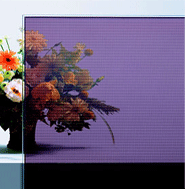Energy Options sells several PV modules from several manufactures including the ones listed below, for an exact quote please request a free quote from this website or call us at 661-209-7987.
SHARP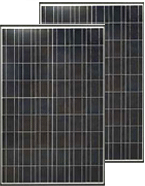
Sharp’s poly-crystalline modules offer good performance with an efficient design for quick and easy installation. For use specifically with Sharp’s solar racking system (SRS), they are designed to offer easier and faster installations.These modules use a textured cell surface to increase light absorption and improve efficiency. Ideal for virtually all sizes of residential and commercial grid-connected systems, they also offer improved aesthetics and durability under the most rigorous operating conditions.
SUNTECH POWER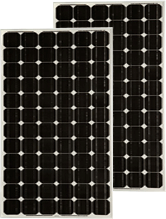
SunTech Power is currently the second largest manufacturer of solar panels in the world and soon to be #1. SunTech’s panels are designed and built to deliver highest efficiency and reliable power for on-grid residential and commercial systems worldwide.
Relying on Suntech’s well-known stringent manufacturing standards and latest PV technology, each module provides a total module efficiency of 14.1%. Superior conversion rate and exceptional low-light performance enable it to deal with the most challenging conditions of military, utility, residential and commercial installations. SunTech modules hold the most uniform performance between panels of any manufacturer in the industry. SunTech Power offers both mono and poly crystalline PV modules.
MITSUBISHI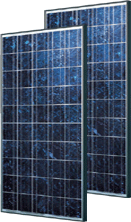
Mitsubishi Electric’s photovoltaic modules are engineered for extended use in environments with extreme temperatures and harsh weather conditions. Their panels utilize poly-silicon technology and are known for their high reliability, high-efficiency, and low environmental impact. Mitsubishi Electric’s original derating design concept reduces the electrical stress of each electrical component by the rated value for actual use time, lowering the product failure rate and ensuring reliability in the long term.
SANYO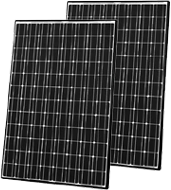
Sanyo’s HIT solar cells are the highest power density of any common PV modules. They are hybrids of monocrystalline silicon surrounded by ultra-thin amorphous silicon layers. With models up to 16.2 Watts per sq. foot (17.4% module efficiency) you obtain maximum power within a limited amount of space. You save costs by using fewer support materials and less time installing. The powerful panels are ideal for grid-connected solar systems, areas with performance based incentives, and renewable energy credits. HITs are available in standard backing or with glass backing. The glass backing PV modules are ideal for awnings and places where light can be harvested from both sides.
SCHOTT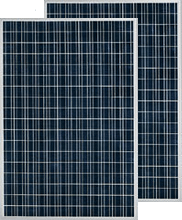
Schott has the largest module in the industry with their 300 Watt (DC) panel. The full-square cells are embedded in hardened double glass. A specially developed encapsulate ensures long-term stability, even under extreme climatic conditions. A very narrow module output variance permits serial connection with low connection losses. The special Schott solar cell technology using poly-crystalline wafers can be configured for system voltage of up to 1000 Volts.
KANEKA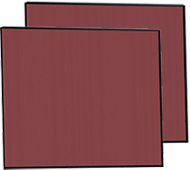
Kaneka’s Thin-film amorphous silicon PV module (a-Si) require about twice as much area to achieve the same overall output produced by standard crystalline panels, but they cost much less. These PV modules are useful when you need to enclose a large area with glass. Some models are see though. Their attractive reddish appearance blends well with Spanish tile roofs.
ARCHITECTURAL GLASS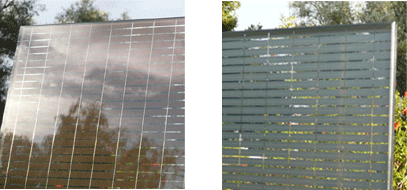
Energy Options offers a variety of architectural glass PV panels. As with standard architectural glass, SunTech’s Light Thru can be specified to meet the needs of practically any glazing installation.While it is recommended that the top lite be specified as ultraclear low-iron glass to maximize energy conversion efficiency, the bottom lite can be specified as colored or fritted glass. Modules can be fabricated into insulated glass units; cell size, type and color options are available; and there is ample freedom in adjusting the space between cells to determine light transmission levels. Sanyo’s Bifacial are the most powerful light through panels, SchottASI panels with their stylish silver interior and light brown exterior color offer great visibility and are available in a variety of sizes. Kaneka’s unique laser technique allows their TransluscentPV module to have 10% transmissivity. Offering both environmentally friendly performance and compelling design, Kaneka see through PV modules open new possibilities in construction.
Sanyo Bifacial
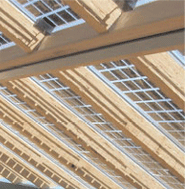
Schott ASI
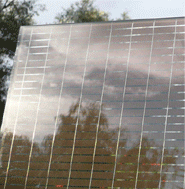
Kaneka Translucent
